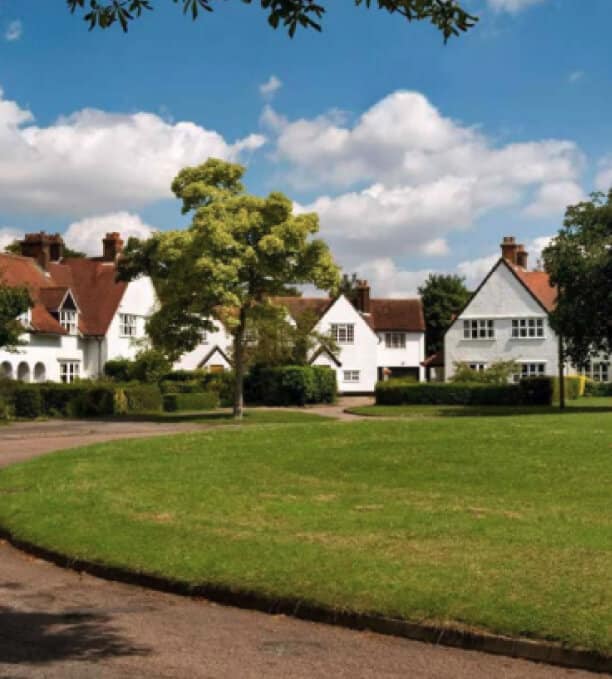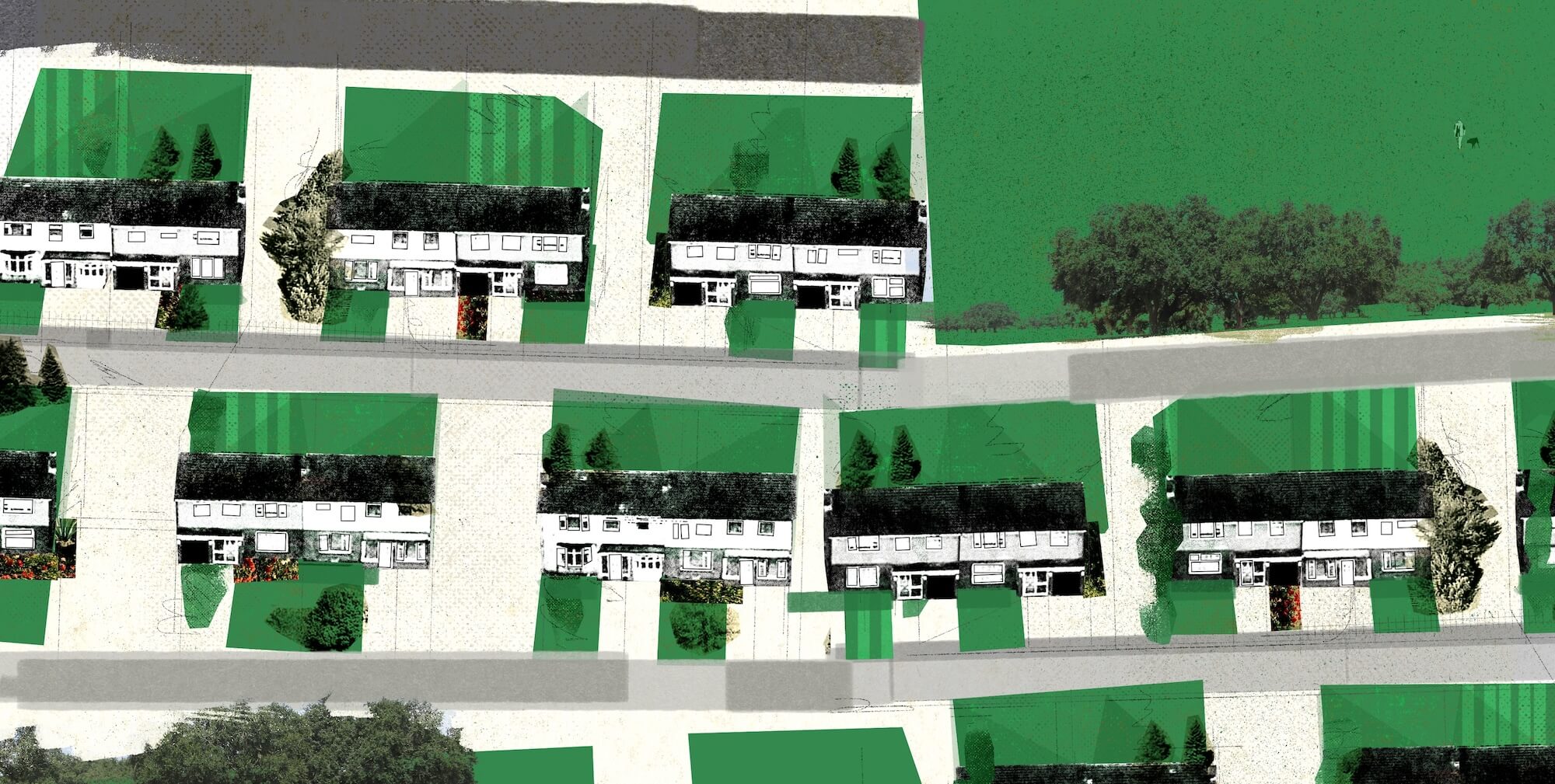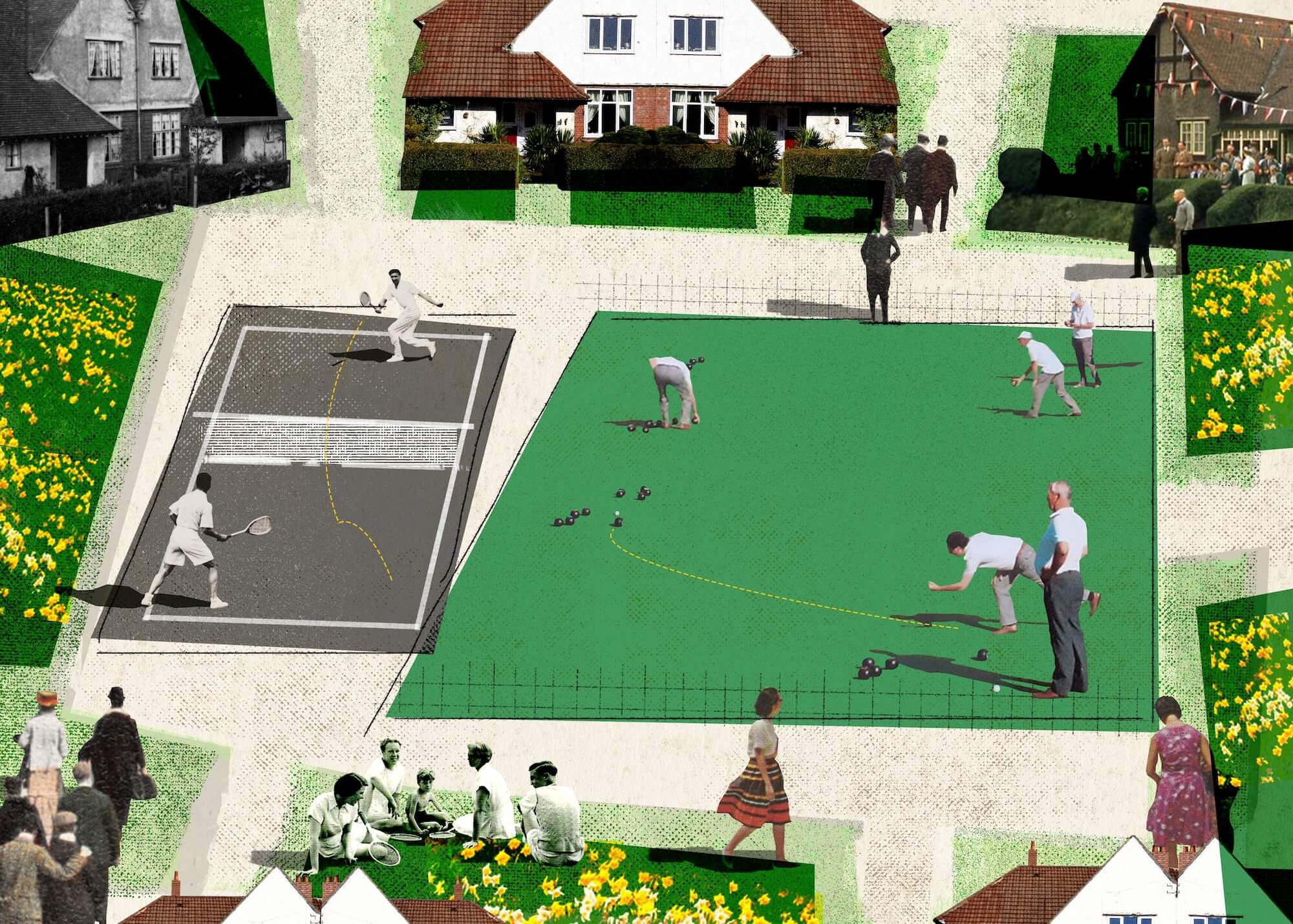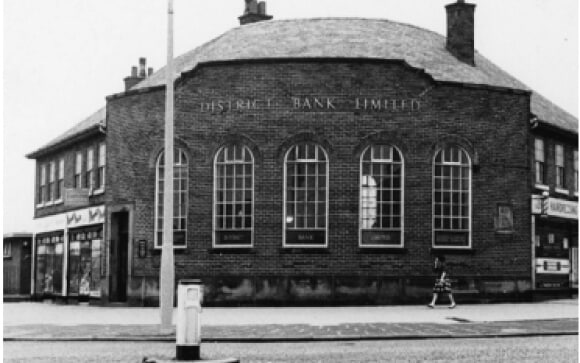This is Former Burnage Cricket Club
Asset type
Asset type
Residential
Quantum
Quantum
66 homes
Status
Status
Pre-Planning
Dive into the local history
Errwood Road, that runs north-south from Levenshulme through Burnage was as timely a thoroughfare as the Mancunian Way, built a century later.
Less concrete, more plane trees. Come spring the ‘Errwood Forest’ is coated in layers of green so bright it makes the grass look pale. This green mile is quadruple planted, two evenly spaced ranks on either side of the road. Green as envy.


Burnage was always more country than town, more farmyard than backyard.
The Victorian city was doubling in size every decade, and it needed to be fed, and watered. The old farmhouse that stands on Burnage Lane, opposite Shawcross Road and the library, is white rendered now and has an array of solar panels on the roof. Not long ago it had a milk churn stand out front. Behind The Farmers Arms is Bibby Lane and Hyde Fold Farm, a neatly preserved Georgian farmhouse that’s a couple of centuries old. According to a plaque on the wall, it was home to tenant farmer John Bibby’s family for a hundred years.
No cars around in John Bibby’s farming days but American Henry Ford changed all that when he opened his first Model T assembly plant outside the US, in Trafford Park in 1912. The Motorcar Age is underway, and soon heading north-south on Kingsway, built in the late 1920s by cutting four lanes of unbending carriageway between Levenshulme and Parrs Wood and bedding a tramline down the middle. Trolley buses, trams and cars jostled their way into and out of the city ever after.

In the 1920s Manchester City Council became the biggest house builder on the block.
Between the World Wars semi-detached houses were built in thousands. Gardens front and back, and trees and hedges laid to make South Manchester one of the greenest, most densely populated corners of Europe.
For all its greenery, the industrial age did not pass Burnage by. There’s been significant industry, at Hans Renold Chains, built on Burnage Lane in 1906. Renold supplied the chains to move the hands of Big Ben, and made innumerable innovations in car and plane engines. Crossley Engineering (on Crossley Road) contributed to the car-friendly nature of Burnage with innovations of its own. Easy to forget that engineering made the mills work, and replaced horsepower with railways, trucks and cars as the 20th century progressed.

The junction of Mauldeth Road with Kingsway is wide in all directions.
There was a tram junction here, before the cricket pitch came and went. Whilst the city centre flourishes as temporary homes for transient city dwellers, the townships such as Whalley Range, Chorlton, Levenshulme and Burnage re-establish themselves as places with history and rich ground to put down roots.
‘Mr Sifter sold me songs / when I was just 16’ sang Liam Gallagher, in his trademark microphone drawl. Brother Noel’s lyric for ‘Shakermaker’ refers to the vinyl Mecca ‘Sifters’, the rare and second-hand record shop next to Burnage station on Fog Lane. Peter Howard opened his legendary shop in 1977. Oasis immortalised him on the Definitely Maybe album in 1994. Mr Howard is still sifting.


In 2018 the BAFTA (British Academy of Film and Television Arts) for short film went to ‘Cowboy Dave’, the film written and directed by Burnage lad Colin O’Toole.
It tells the story of bohemian Burnage musician Dave Rowbotham, aka ‘Cowboy Dave’. The film joins the song of the same name by Happy Mondays (on their ‘Yes Please’ album), in memory of the notorious and prolific musician.
Colin O’Toole received his heavy bronze award, familiar to lucky winners down the years, not knowing the famous golden ‘mask’ was originally designed and cast (in 1955) by artist Mitzi Cunliffe, in her garage studio in Cranmer Road, just off Fog Lane.

Just off Burnage Lane, is a small community of houses built around tennis courts, bowling greens and a village hall.
This is Burnage Garden Village, built in 1911 by the Manchester Tenants’ Association. A community of affordable modern houses that takes its lead from the Garden Cities Movement that began in America. Burnage Garden Village still functions as it has for over a century.
These days, you might make your way up Kingsway, or Burnage Lane to join the everlasting queue at Miami Crispy, simply the best (and most Instagram and TikTok friendly) spicey chicken shop in town – in the country, its fans will claim as they make their way from Leeds and Sheffield to grab the extra special Miami chicken burgers, and TikTok themselves in the queue. It takes all sorts to make a great area to live.

